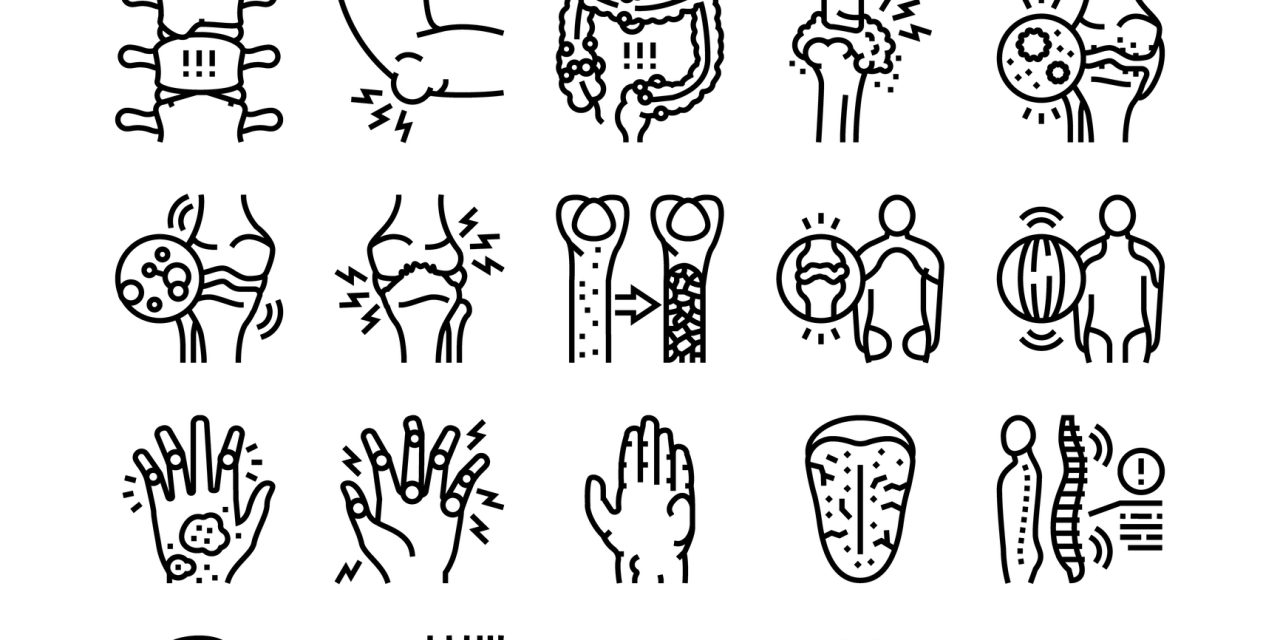This study states that Around 9% of shoulder support wounds include the acromioclavicular joint (ACJ). There is no reasonable best quality level or agreement on careful administration of these wounds, to some extent propagated by our deficient comprehension of local ACJ biomechanics. We have subsequently directed a biomechanical study to evaluate the balancing out constructions of the ACJ in unrivaled substandard (SI) interpretation and front back (AP) interpretation.
Twenty new frozen cadaveric examples were ready and mounted onto an automated arm. The unblemished local joint was tried in SI interpretation and AP interpretation under a 50-N dislodging power. Every example was retested subsequent to segment of its settling structures in the accompanying request: contributing sash, ACJ capsular tendons, trapezoid tendon, and conoid tendon. The conoid tendon was the essential stabilizer of predominant relocation (45.6%). The ACJ capsular tendon was the essential stabilizer of mediocre removal (33.8%). The capsular tendon and conoid tendon contributed similarly to front dependability, with paces of 23% and 25.2%, individually. The capsular tendon was the essential supporter of back steadiness (38.4%).
Reference link- https://www.jshoulderelbow.org/article/S1058-2746(20)30768-0/fulltext


